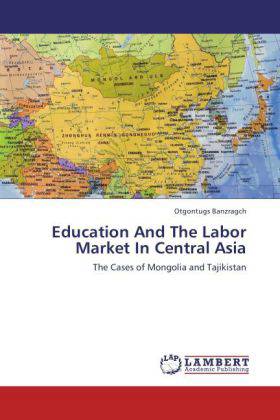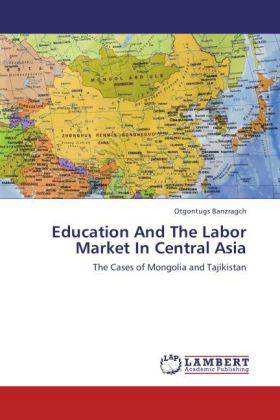
- Afhalen na 1 uur in een winkel met voorraad
- Gratis thuislevering in België vanaf € 30
- Ruim aanbod met 7 miljoen producten
- Afhalen na 1 uur in een winkel met voorraad
- Gratis thuislevering in België vanaf € 30
- Ruim aanbod met 7 miljoen producten
Zoeken
Education And The Labor Market In Central Asia
The Cases of Mongolia and Tajikistan
Otgontugs Banzragch
Paperback | Engels
€ 101,45
+ 202 punten
Omschrijving
The book uses the 2003 Mongolian Living Standard Measurement Survey and 2004 Informal Sector Household Survey in Mongolia and 1999, 2003 and 2007 Tajik Living Standard Surveys data on earnings, years of schooling and highest educational attainment to compute the rates of returns to schooling and all levels of educational qualifications for wage earners and self-employed individuals aged 15-65 by gender, generation, marital status, ethnicity, location, sectors and firms ownership in Mongolia and Tajikistan. The study estimates the Mincerian wage equation taking into account endogeniety and sample selection bias. Furthermore, this dissertation research explores how returns to schooling differ for individuals in the lower, medium and upper part of the wage distribution using quantile regression methodology and to what extent education exacerbates or reduces inequality in wages in Mongolia and Tajikistan. The estimated rate of return to schooling for Mongolia in the early 2000s ranged from 5.6 percent to 6.5 percent for wage earners and over 7 percent for self-employed individuals.
Specificaties
Betrokkenen
- Auteur(s):
- Uitgeverij:
Inhoud
- Aantal bladzijden:
- 268
- Taal:
- Engels
Eigenschappen
- Productcode (EAN):
- 9783846585931
- Verschijningsdatum:
- 15/05/2012
- Uitvoering:
- Paperback
- Afmetingen:
- 229 mm x 163 mm
- Gewicht:
- 372 g

Alleen bij Standaard Boekhandel
+ 202 punten op je klantenkaart van Standaard Boekhandel
Beoordelingen
We publiceren alleen reviews die voldoen aan de voorwaarden voor reviews. Bekijk onze voorwaarden voor reviews.








